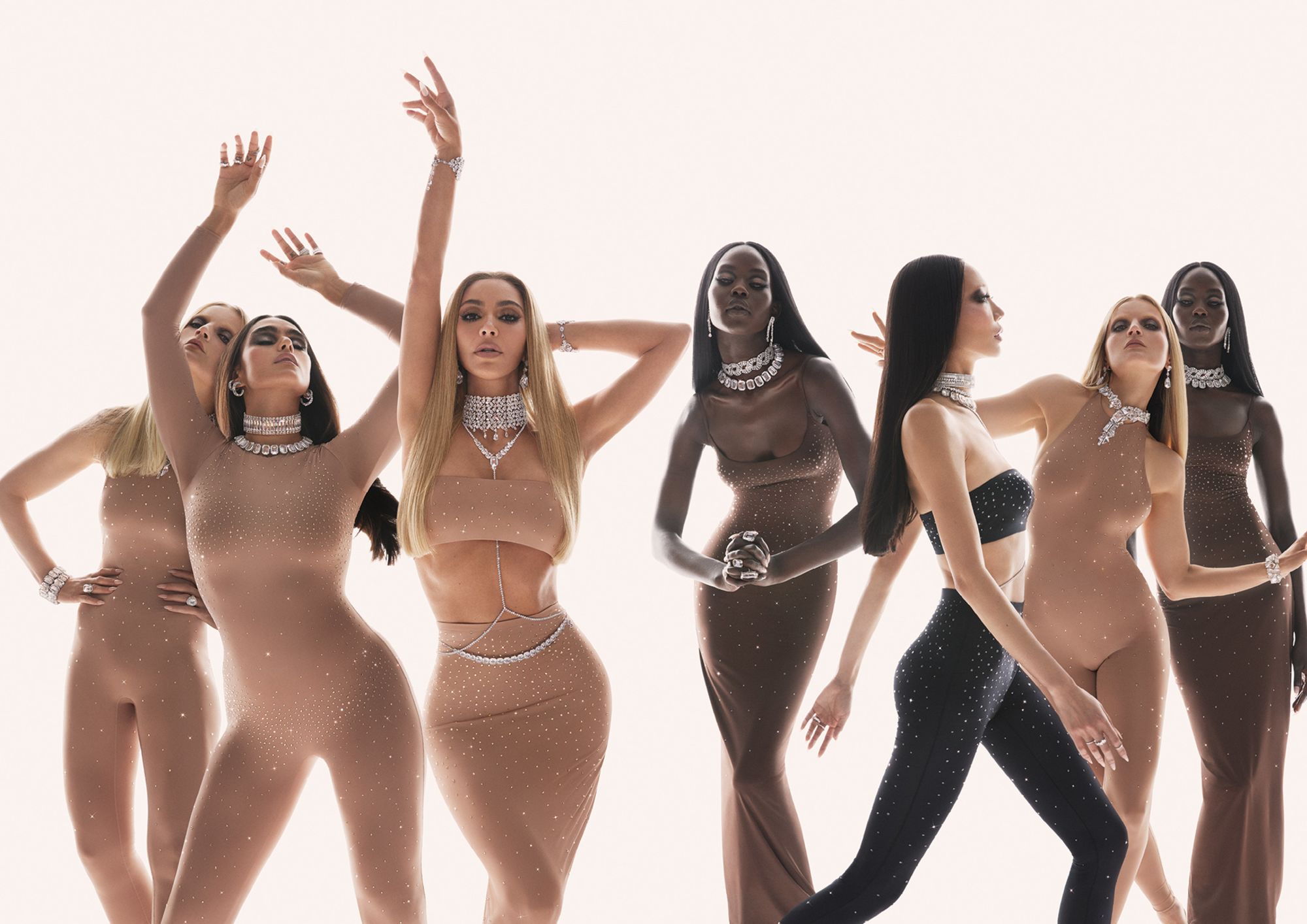Swarovski's Confidence in Fifth Avenue and Kim Kardashian amidst Changing Luxury Trends

Without a provided article to rewrite, I'm unable to complete the request. Could you provide the article that you want rewritten? This will allow me to do the work as per your requirements.
Swarovski, the luxury crystal company, is expecting its sales growth to remain steady or even decrease slightly this year, according to Alexis Nasard, Swarovski's Chief Executive Officer. Even though he anticipates a potential decline from 10% in 2022 to low or mid-single digits in 2023, Nasard projects that profits and cash flow will increase by double-digit figures. This prediction comes amid a global downturn in luxury spending.
Nasard spoke to Bloomberg News before the unofficial opening of Swarovski’s newest flagship store located on New York City's Fifth Avenue. Despite potential challenges, the company plans to continue its existing marketing strategies and initiatives, uphold its current retail presence, and persist in upgrading its stores globally. Currently, luxury brands such as LVMH, Prada, and Gucci are all witnessing decelerating or declining sales due to inflated prices and higher interest rates, which affect consumers' discretionary spending.
Swarovski, originally established in 1895 in Austria by Daniel Swarovski, remains a family-owned business. The company has grown to generate a revenue of €1.83 billion ($1.96 billion) as of the last fiscal year. With over 6,500 outlets worldwide, 1,300 of which are brand-owned boutiques, Swarovski is known for its relatively affordable cut-crystal jewelry and collectible figurines—basic stud earrings retail for $65 a pair.
The CEO advised caution, noting the change in consumer spending habits, but expressed hope that the broad range of Swarovski's products and price points may serve as some form of financial security during uncertain economic periods. In terms of sales, both the US and China have shown a 6% increase year to date, while German-speaking regions have demonstrated exceptionally strong results. Comparatively, other markets like South Korea and the UK have remained unremarkable.
Nasard additionally emphasized the significance of brand recognition for the luxury retail sector, citing Swarovski's New York flagship as an important entity in building and shaping the company's identity globally. He described flagship stores as “brand temples” that served more than just profit and loss; they offer customers a full brand experience.
Notably, Nasard is the first CEO of Swarovski from outside the founding family. Swarovski's most extensive restructuring took place under Robert Buchbauer, Nasard's predecessor. He secured approval to reduce the workforce and realign the focus of the business towards higher-margin jewelry, despite opposition from some family members. Most current customers are directed towards more intricate and expensive product lines.
For a company that specializes in intricately-designed crystal gifts and accessories, branding is pivotal. Previously holding senior marketing and management positions at Heineken and Kantar, Nasard's matched experience may prove instrumental in navigating Swarovski's market position and brand identity.
The company's primary plan for success involves intensifying major marketing events and collaborations in major global cities. Offering an example of this strategy, Nasard highlighted the success of the “Swarovski Masters of Light – From Vienna to Shanghai” initiative. The event, held at Shanghai's Museum of Contemporary Art, garnered more than 1.2 billion impressions – an outcome Nasard refers to as a "major brand moment".
Swarovski’s upcoming partnership with celebrity Kim Kardashian and her Skims body wear brand was revealed just this week, with plans to produce a crystal-infused clothing line. Similar collaborations have brought success in the past. Nasard indicated that more are expected, with collections being extended throughout Swarovski's retail outlets.
Regarding the future of the company's retail presence, Nasard stated plans for some 'feeding and weeding', implying closure of some locations whilst opening new ones. His ultimate aim is gradual improvement in store quality. Other aspects critical for the company's sales and profit growth include Swarovski's lab-grown diamond initiative and the incorporation of artificial intelligence and automation in their supply chain, market research and consumer understanding.




